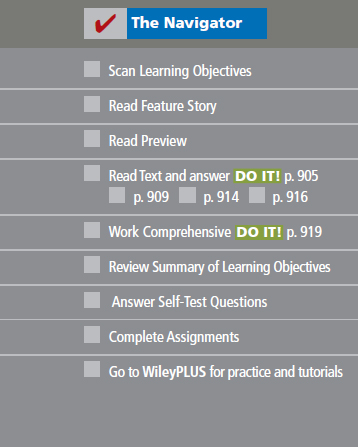Chapter 18 Activity-Based Costing


Learning Objectives
After studying this chapter, you should be able to:
- Recognize the difference between traditional costing and activity-based costing.
- Identify the steps in the development of an activity-based costing system.
- Know how companies identify the activity cost pools used in activity-based costing.
- Know how companies identify and use cost drivers in activity-based costing.
- Understand the benefits and limitations of activity-based costing.
- Differentiate between value-added and non–value-added activities.
- Understand the value of using activity levels in activity-based costing.
- Apply activity-based costing to service industries.
![]()
Feature Story
Precor Is on Your Side
Do you feel like the whole world is conspiring against your efforts to get in shape? Is it humanly possible to resist the constant barrage of advertisements and fast-food servers who pleasantly encourage us to “supersize” it? Lest we think that we have no allies in our battle against the bulge, consider Precor.
Ever since it made the first ergonomically sound rowing machine in 1980, Precor's sole mission has been to provide exercise equipment. It makes elliptical trainers, ...
Get Financial and Managerial Accounting now with the O’Reilly learning platform.
O’Reilly members experience books, live events, courses curated by job role, and more from O’Reilly and nearly 200 top publishers.

